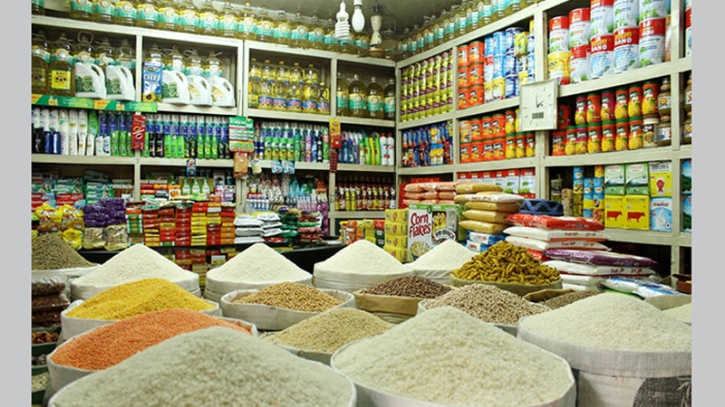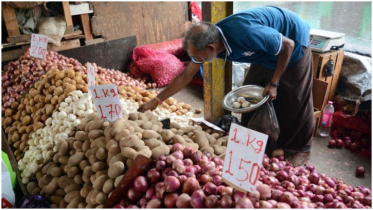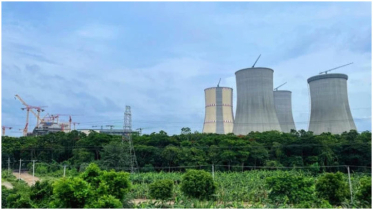Bangladesh's inflation falls for 5th consecutive month

Inflation in Bangladesh declined in January, for the fifth consecutive month as food prices fall in line with global trends, official figures showed.
The Consumer Price Index (CPI) rose 8.57% last month, a decrease of 14 basis points from 8.71% in December, according to data from the Bangladesh Bureau of Statistics (BBS).
January's inflation figure was the lowest since August when consumer prices surged to a 10-year high of 9.52%.
Prof Shamsul Alam, state minister for planning, credited the supply-side improvement for the drop in inflation.
"The supply of farm produce has gone up while the production in the manufacturing sector has improved. As a result, prices are falling," he told reporters at the planning ministry.
He, however, admitted that the latest hike in the price of gas and electricity might have an impact on inflation in the coming months.
The government increased the electricity price by 5% at the retail level on January 31, the second hike in 19 days as it steadily retracts subsidies in the power sector.
On January 18, it raised the retail price of gas by 14.5% to 178.9% for industries, power plants and commercial establishments, which together account for 78% of gas use.
BBS data showed that inflation averaged 7.92% in the February-January period.
The government has projected that inflation would stand at 7.5% in the current fiscal year, which ends in June.
But the International Monetary Fund (IMF) has said the average headline inflation in FY23 is expected to increase to 8.9% in Bangladesh, driven by rising domestic food and fuel prices and the pass-through of large depreciation of the taka.
The local currency has lost its value by about 25% against the US dollar in the past one year owing to the shortage of the US currency.
In January, food inflation declined to 7.76% from 7.91% in the previous month.
Bangladesh is not the only country where food price inflation remains high.
According to the World Bank, information between September to December 2022 shows high inflation in almost all low-income and middle-income countries: 83.3% of low-income countries, 90.5% of lower-middle-income countries, and 91% of upper-middle-income countries have seen inflation levels of more than 5%, with many experiencing double-digit inflation.
In a writeup, Pierre-Olivier Gourinchas, economic counsellor and the director of research of the IMF, said global financial conditions have improved as inflation pressures started to abate.
Global inflation is expected to decline this year but even by 2024, projected average annual headline and core inflation will still be above pre-pandemic levels in more than 80% of countries.
"Inflation could remain stubbornly high amid continued labour-market tightness and growing wage pressures, requiring tighter monetary policies and a resulting sharper slowdown in activity," he said.
Non-food inflation dropped 12 basis points to 9.84% last month from 9.96% in December, according to the BBS.
.png)




